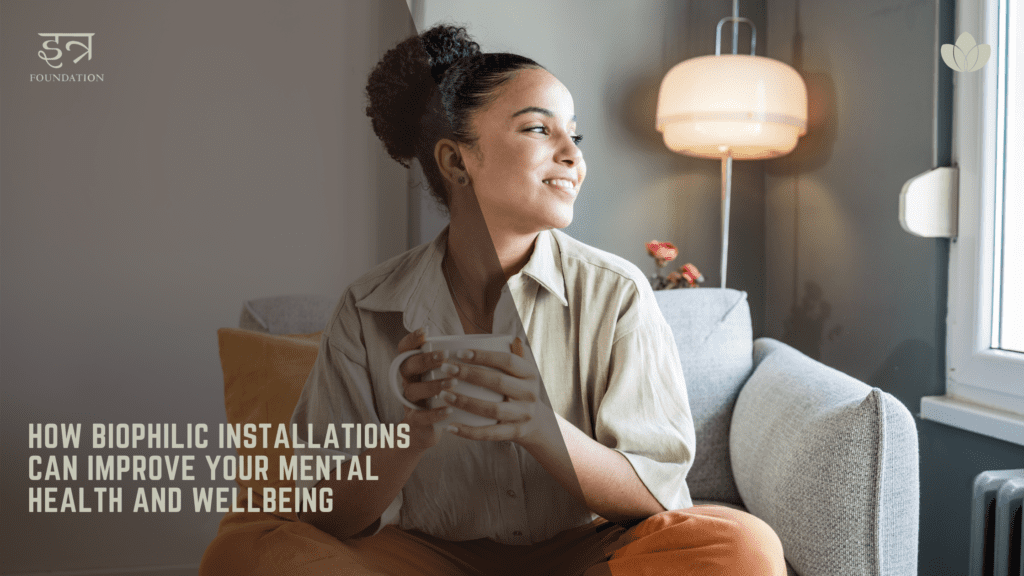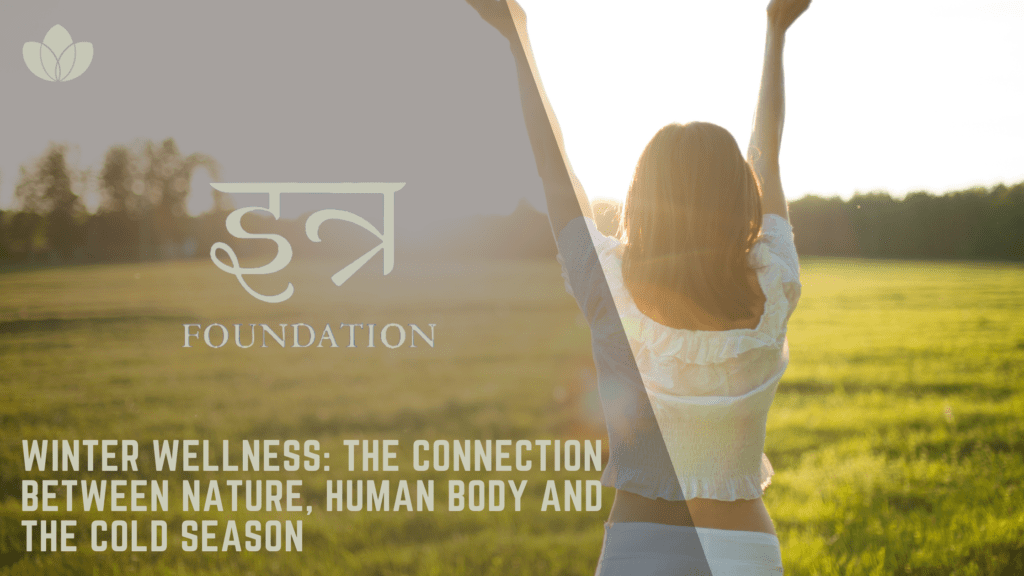In today’s fast-paced and technology-driven world, our connection with nature often takes a backseat. However, research has shown that being in nature or simply being exposed to natural elements can have a profound impact on our mental health and overall wellbeing. Biophilic installations, which bring nature indoors through the use of natural elements and designs, are gaining popularity as a way to improve our mental health. In this blog post, we will explore the concept of biophilic installations and delve into the ways they can positively influence our mental health and wellbeing.
Understanding Biophilic Installations
Biophilia, a term coined by biologist E.O. Wilson, refers to the innate human tendency to seek connections with nature. Biophilic installations capitalize on this concept by integrating natural elements, such as plants, water features, natural light, and organic materials, into indoor spaces. These installations aim to create a harmonious and nurturing environment that mimics the calming and restorative qualities of nature.
The Impact on Mental Health and Wellbeing
- Stress Reduction: Biophilic installations have been shown to reduce stress levels. Exposure to natural elements and designs has a calming effect on the mind and body, leading to lower cortisol levels and decreased feelings of anxiety. The presence of greenery and natural light can create a sense of tranquility and help combat the stressors of daily life.
- Improved Mood and Productivity: Studies have found that being surrounded by nature-inspired elements can enhance mood, increase positivity, and improve overall well-being. Biophilic installations can boost creativity, focus, and productivity, making them particularly beneficial in office spaces and educational settings.
- Mental Restoration: Nature has a restorative effect on our cognitive functions. Biophilic installations provide a visual and sensory connection to nature, promoting mental restoration and improved cognitive performance. Time spent in these environments can enhance attention span, memory retention, and problem-solving abilities.
- Connection and Engagement: Biophilic installations create a sense of connection with the natural world, even in urban settings. They foster a deeper appreciation for nature and encourage individuals to engage with their surroundings. This connection can lead to increased feelings of happiness, contentment, and a sense of belonging.
Incorporating Biophilic Design
Integrating biophilic elements into our living and working spaces doesn’t have to be complicated. Here are a few simple ways to incorporate biophilic design:
- Indoor Plants: Bring the outdoors in by adding a variety of potted plants to your space. They not only improve air quality but also create a calming and refreshing atmosphere.
- Natural Light: Maximize natural light by opening curtains and blinds. If natural light is limited, consider using light fixtures that mimic daylight or full-spectrum bulbs.
- Water Features: Incorporate water elements, such as fountains or aquariums, to introduce the soothing sound and visual appeal of flowing water.
- Natural Materials: Use natural materials like wood, stone, or bamboo in furniture, flooring, and decor to create a tactile connection to nature.
- Views of Nature: If possible, position desks or seating areas near windows with views of green spaces or natural landscapes.
Conclusion
Biophilic installations offer a powerful way to improve our mental health and wellbeing by reconnecting us with the natural world. By integrating elements inspired by nature into our indoor spaces, we can experience reduced stress levels, enhanced mood, improved cognitive function, and a greater sense of connection and engagement. Embracing biophilic design allows us to create environments that support our overall well-being and foster a deeper appreciation for the beauty and benefits of nature in our daily lives.






